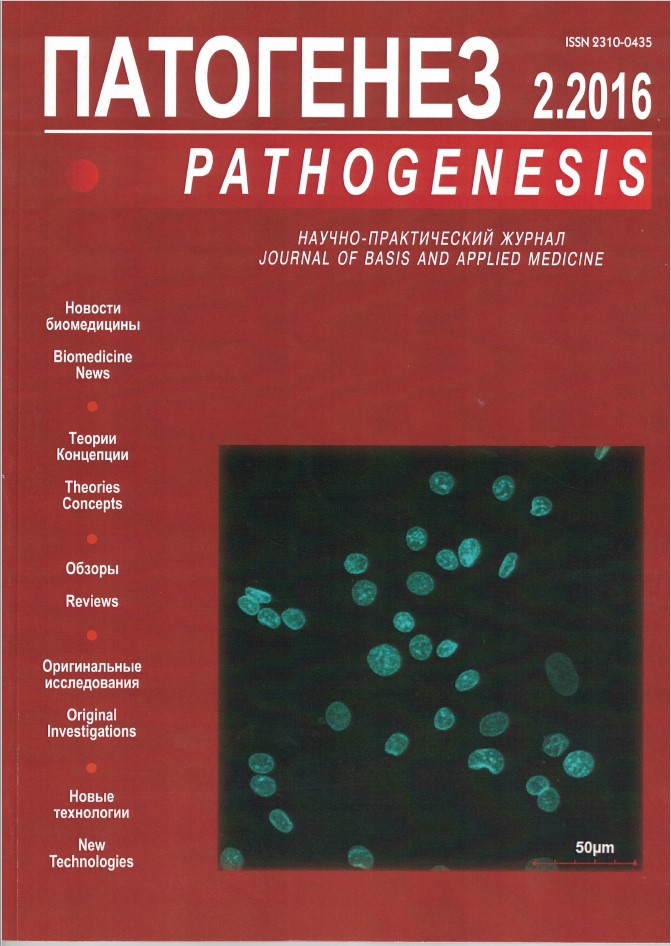New methods for cosmetology tests using 2D and 3D cells cultures of human fibroblasts
Abstract
Nowadays, studying age-related changes in physiology at cellular level is one of the most promising trends in gerontology and cosmetology. Understanding pathogenesis of cell aging can be helpful in maintainig cell function and prolongation of active phase of human life. Monolayer cell cultures are now often used to evaluate the efficacy of different anti-aging drugs. However, the physiology of cells in monolayer changes drastically, which does not allow fully reproduce all the age-related changes, because it requires three-dimensional (3D) surrounding. One of the possible 3D cultures is spheroid. In spheroids, cells form intercellular junctions, synthetize extracellular matrix and create microenvironment, necessary for maintaining phenotype, close to the initial one. The current work was conducted to study the effect of geroprotector drug, oligopeptide p199, on 2D and 3D culture of human dermal fibroblasts. On the obtained and characterized human dermal fibroblast cell culture it was shown that p199 stimulates cell proliferation and migration in monolayer, as well as their capability of spheroid formation. The obtained data demonstrate different approaches in evaluating bioefficacy of anti-aging drugs, as well as show the advantage of using 3D cultures for drug testing.




